Home>Furniture & Design>Interior Design Trends>Where Is Tempered Glass Required
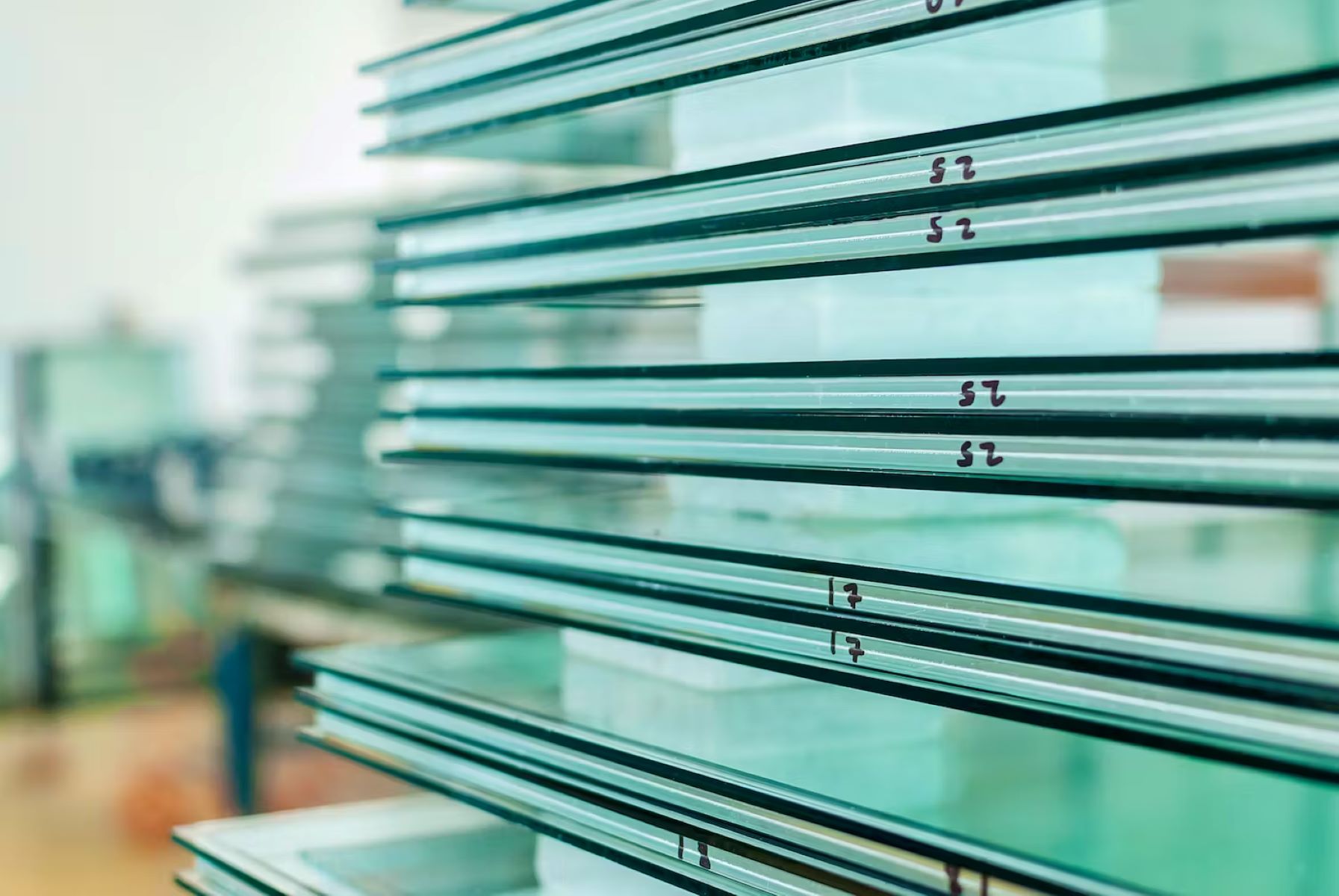

Interior Design Trends
Where Is Tempered Glass Required
Modified: March 19, 2024
Discover the latest interior design trends and find out where tempered glass is required for a modern and stylish touch. Explore the essential uses of tempered glass in interior design.
(Many of the links in this article redirect to a specific reviewed product. Your purchase of these products through affiliate links helps to generate commission for Storables.com, at no extra cost. Learn more)
Introduction
Tempered glass, also known as toughened glass, is a type of safety glass that has been treated with heat and chemicals to increase its strength and durability. This process makes tempered glass resistant to shattering, making it a popular choice for various applications where safety is a primary concern.
In this article, we will explore the requirements and applications of tempered glass in both residential and commercial settings. Understanding where tempered glass is required is crucial for ensuring compliance with building codes and regulations, as well as for prioritizing safety in different environments.
From the stringent regulations governing its use in construction to its versatile applications in interior design, tempered glass plays a pivotal role in modern architecture and decor. Let's delve into the specifics of where tempered glass is required and the considerations that drive its widespread adoption in diverse settings.
Key Takeaways:
- Tempered glass, also known as toughened glass, is crucial for safety in buildings. It’s required in areas like windows, doors, and shower enclosures to reduce the risk of injury from breakage.
- Whether in homes or businesses, tempered glass is essential for safety and style. It’s used in storefronts, office partitions, and more to create secure and visually appealing spaces.
Read more: When Is Tempered Glass Required By Code
Building Codes and Regulations
Building codes and regulations serve as the foundation for ensuring the safety and structural integrity of buildings. When it comes to the use of glass in construction, including windows, doors, and other architectural elements, compliance with specific codes and regulations is essential. Tempered glass is often mandated in areas where safety is a primary concern, and building codes outline the specific requirements for its use.
In the United States, the International Building Code (IBC) and the International Residential Code (IRC) provide comprehensive guidelines for the use of tempered glass in construction. These codes stipulate the areas within a building where tempered glass must be installed to mitigate the risk of injury in the event of breakage. For instance, any glass located within a certain distance from a door, in close proximity to a bathtub or shower, or near a stairway is typically required to be tempered.
The precise requirements for tempered glass installation are determined by factors such as the glass's size, location, and intended use. For instance, large windows or glass doors that meet specific size thresholds are often mandated to be made of tempered glass to reduce the risk of injury in case of breakage. Additionally, glass panels in railings and balconies are typically subject to stringent regulations, necessitating the use of tempered glass to enhance safety.
Moreover, building codes also address the use of tempered glass in hazardous locations, such as in close proximity to wet surfaces or areas with high foot traffic. These regulations are designed to minimize the potential for injuries resulting from glass breakage, underscoring the critical role of tempered glass in safeguarding occupants within a building.
It's important to note that building codes and regulations pertaining to tempered glass may vary by region and are subject to periodic updates. Therefore, architects, builders, and interior designers must stay abreast of the latest code requirements to ensure compliance and prioritize the safety of building occupants.
In summary, building codes and regulations play a pivotal role in dictating the use of tempered glass in construction, with a primary focus on enhancing safety and mitigating the risks associated with glass breakage. By adhering to these regulations, construction professionals can uphold the highest standards of safety and ensure that tempered glass is employed in areas where its strength and durability are indispensable.
Residential Applications
In residential settings, the use of tempered glass is widespread, driven by its exceptional safety features and versatile applications. From windows and doors to shower enclosures and glass railings, tempered glass is a staple in modern home design, offering both aesthetic appeal and enhanced safety for occupants.
Windows and doors are key areas where tempered glass is required in residential construction. The inherent strength of tempered glass makes it highly resistant to breakage, reducing the risk of injury in the event of an impact. This is particularly crucial for windows in close proximity to doors or within certain heights from the floor, where building codes often mandate the use of tempered glass to ensure the safety of occupants.
In bathrooms, the use of tempered glass for shower enclosures and partitions is a standard practice. The tempered glass panels provide a sleek and modern aesthetic while offering durability and safety. Given the potential for slips and falls in wet environments, the use of tempered glass in shower enclosures is essential for minimizing the risk of injury in case of breakage.
Glass railings and balustrades have become increasingly popular in residential architecture, adding a touch of sophistication and openness to interior and exterior spaces. Tempered glass is the preferred choice for these applications due to its ability to withstand impact and pressure, ensuring the safety of individuals while maintaining unobstructed views.
Furthermore, interior design elements such as glass tabletops, shelving, and cabinets often utilize tempered glass to combine functionality with an elegant aesthetic. The durability and resistance to breakage make tempered glass an ideal choice for these applications, offering homeowners peace of mind and longevity in their interior decor.
In summary, the use of tempered glass in residential applications encompasses a wide range of essential areas, from windows and doors to shower enclosures and interior design elements. Its prevalence in modern homes underscores its significance in ensuring the safety and well-being of occupants while contributing to the overall visual appeal of residential spaces. By adhering to building codes and regulations that mandate the use of tempered glass in these areas, homeowners can enjoy the benefits of a secure and stylish living environment.
Tempered glass is required in areas where there is a risk of breakage, such as in shower enclosures, glass doors, and windows close to the floor. It is also necessary for glass panels near stairs or in any location where it could be struck.
Commercial Applications
In commercial settings, the utilization of tempered glass extends across a diverse array of applications, driven by its unparalleled safety features and aesthetic versatility. From office buildings and retail spaces to hospitality venues and healthcare facilities, tempered glass plays a pivotal role in modern commercial architecture and design, offering both functionality and visual appeal.
One of the primary areas where tempered glass is indispensable in commercial construction is storefronts and entrances. The use of tempered glass in these high-traffic areas ensures durability and safety, providing a welcoming and secure entry point for customers and employees. The strength and resistance to breakage make tempered glass an ideal choice for storefronts, contributing to the overall aesthetic while prioritizing safety.
In office environments, the incorporation of glass partitions and walls has become a prevalent design trend, fostering an open and collaborative workspace. Tempered glass partitions offer acoustic privacy and visual transparency, creating a modern and airy ambiance while maintaining structural integrity and safety. The use of tempered glass in these applications aligns with building codes and regulations, emphasizing the importance of safety in commercial interiors.
Moreover, the hospitality industry extensively utilizes tempered glass in various applications, including hotel lobbies, restaurants, and entertainment venues. From elegant glass dividers to sleek bar tops and decorative features, tempered glass enhances the ambiance of these spaces while ensuring durability and safety for patrons and staff. The ability of tempered glass to withstand impact and pressure makes it an ideal choice for high-traffic commercial environments, aligning with stringent safety standards.
Healthcare facilities also benefit from the use of tempered glass in areas such as patient rooms, waiting areas, and medical offices. The safety and durability of tempered glass contribute to a secure and hygienic environment, meeting the stringent requirements of healthcare regulations. Additionally, the use of tempered glass in interior design elements, such as decorative panels and privacy screens, adds a touch of sophistication while prioritizing the well-being of patients and staff.
In summary, the applications of tempered glass in commercial settings encompass a wide spectrum of essential areas, from storefronts and office partitions to hospitality venues and healthcare facilities. Its prevalence in modern commercial architecture underscores its significance in ensuring safety and functionality while contributing to the overall aesthetic appeal of commercial spaces. By adhering to building codes and regulations that mandate the use of tempered glass in these areas, commercial establishments can uphold the highest standards of safety and design excellence.
Safety Considerations
Safety considerations are paramount when it comes to the use of tempered glass in both residential and commercial settings. The inherent strength and safety features of tempered glass make it a crucial element in ensuring the well-being of occupants and visitors within a built environment.
In the event of breakage, tempered glass fractures into small, granular pieces rather than sharp shards, significantly reducing the risk of serious injury. This characteristic is particularly vital in areas where human impact or environmental factors could lead to glass breakage, such as doors, windows, and shower enclosures. By utilizing tempered glass in these locations, the potential for harm resulting from glass breakage is substantially minimized, aligning with the overarching goal of prioritizing safety.
Furthermore, the durability of tempered glass makes it highly resistant to impact and pressure, offering enhanced protection against external forces. This resilience is especially critical in high-traffic areas, such as storefronts, office partitions, and hospitality venues, where the glass is subjected to constant interaction. By incorporating tempered glass in these environments, the risk of accidental breakage and subsequent harm to individuals is mitigated, fostering a secure and reliable setting for occupants and visitors alike.
Additionally, the use of tempered glass in areas with heightened safety requirements, such as railings, balconies, and hazardous locations, underscores its indispensable role in upholding safety standards. The ability of tempered glass to withstand significant loads and provide a protective barrier without compromising visibility contributes to a secure and aesthetically pleasing environment. This is particularly relevant in both residential and commercial settings, where adherence to safety regulations is fundamental to creating a secure and welcoming space for occupants and visitors.
In summary, safety considerations pertaining to tempered glass encompass its fracture pattern, impact resistance, and suitability for high-traffic and hazardous locations. By prioritizing the use of tempered glass in areas where safety is a primary concern, architects, builders, and interior designers uphold the highest standards of safety and ensure the well-being of individuals within the built environment. The incorporation of tempered glass aligns with the overarching goal of creating secure, resilient, and visually appealing spaces, where safety remains a foundational principle.
Read more: Where To Use Tempered Glass
Conclusion
In conclusion, the widespread application of tempered glass in both residential and commercial settings underscores its pivotal role in modern architecture and interior design. From compliance with building codes and regulations to prioritizing safety considerations, tempered glass stands as a cornerstone of safety and aesthetic functionality in diverse environments.
The stringent regulations governing the use of tempered glass in construction, as outlined by the International Building Code (IBC) and the International Residential Code (IRC), emphasize the critical importance of incorporating tempered glass in areas where safety is paramount. By adhering to these regulations, architects, builders, and interior designers uphold the highest standards of safety and structural integrity, ensuring that tempered glass is employed in locations where its strength and durability are indispensable.
In residential applications, tempered glass finds essential use in windows, doors, shower enclosures, and interior design elements, offering both safety and visual appeal. Its prevalence in modern homes reflects its significance in safeguarding occupants while contributing to the overall aesthetic of residential spaces. By adhering to building codes and regulations that mandate the use of tempered glass in these areas, homeowners can enjoy the benefits of a secure and stylish living environment.
Similarly, in commercial settings, tempered glass plays a pivotal role in storefronts, office partitions, hospitality venues, and healthcare facilities, aligning with stringent safety standards while enhancing the functionality and visual appeal of these spaces. The incorporation of tempered glass in these environments underscores its significance in ensuring safety and design excellence, meeting the diverse needs of commercial establishments and prioritizing the well-being of occupants and visitors.
Moreover, safety considerations pertaining to tempered glass, including its fracture pattern, impact resistance, and suitability for high-traffic and hazardous locations, reinforce its indispensable role in upholding safety standards. By prioritizing the use of tempered glass in areas where safety is a primary concern, architects, builders, and interior designers create secure, resilient, and visually appealing spaces, where safety remains a foundational principle.
In essence, the comprehensive understanding of where tempered glass is required, coupled with a steadfast commitment to safety and design excellence, underscores its enduring significance in shaping the built environment. By embracing the versatility and safety features of tempered glass, the architectural and design community continues to elevate the standards of safety, functionality, and aesthetic appeal in residential and commercial spaces, ensuring a secure and visually captivating environment for all.
Frequently Asked Questions about Where Is Tempered Glass Required
Was this page helpful?
At Storables.com, we guarantee accurate and reliable information. Our content, validated by Expert Board Contributors, is crafted following stringent Editorial Policies. We're committed to providing you with well-researched, expert-backed insights for all your informational needs.
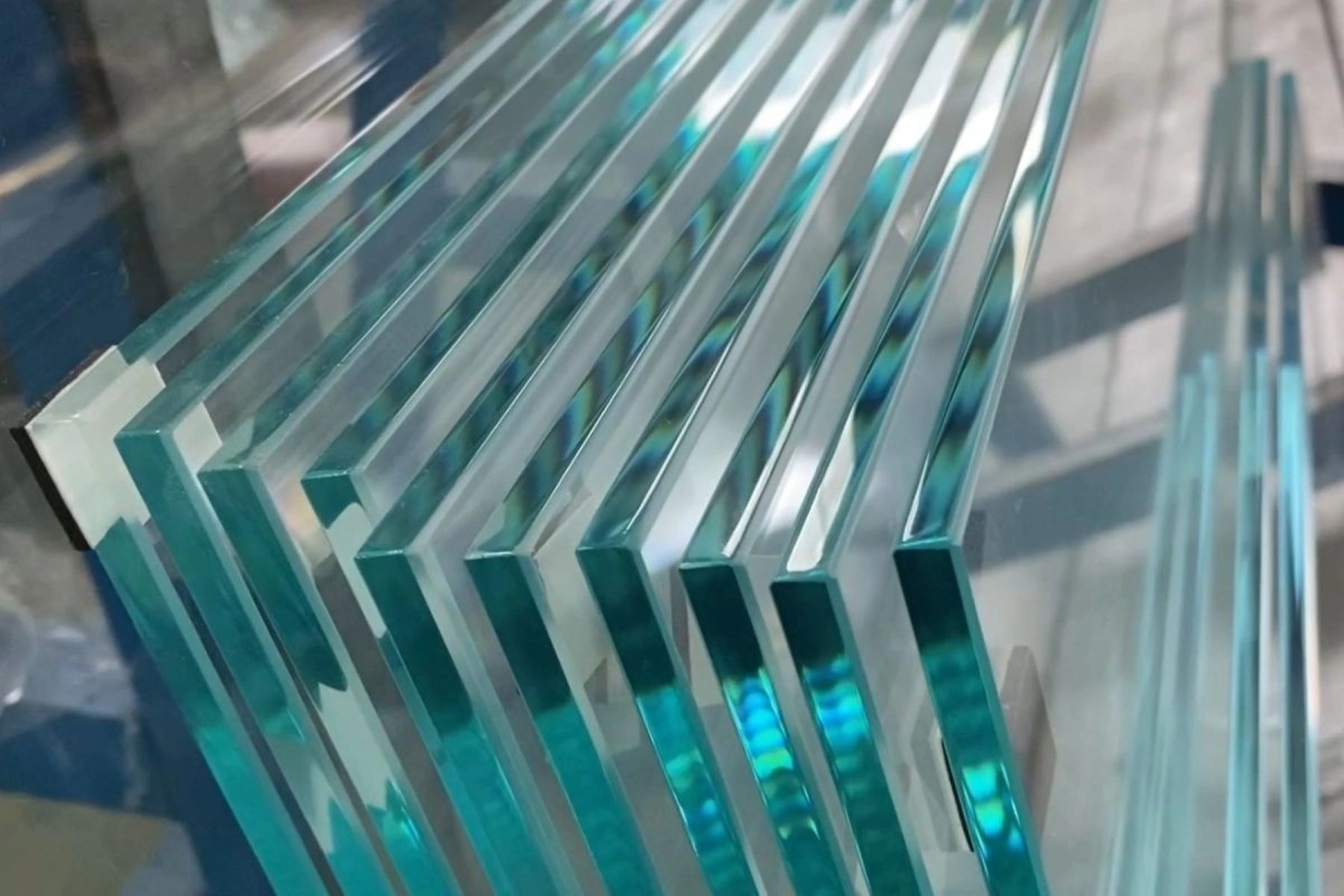
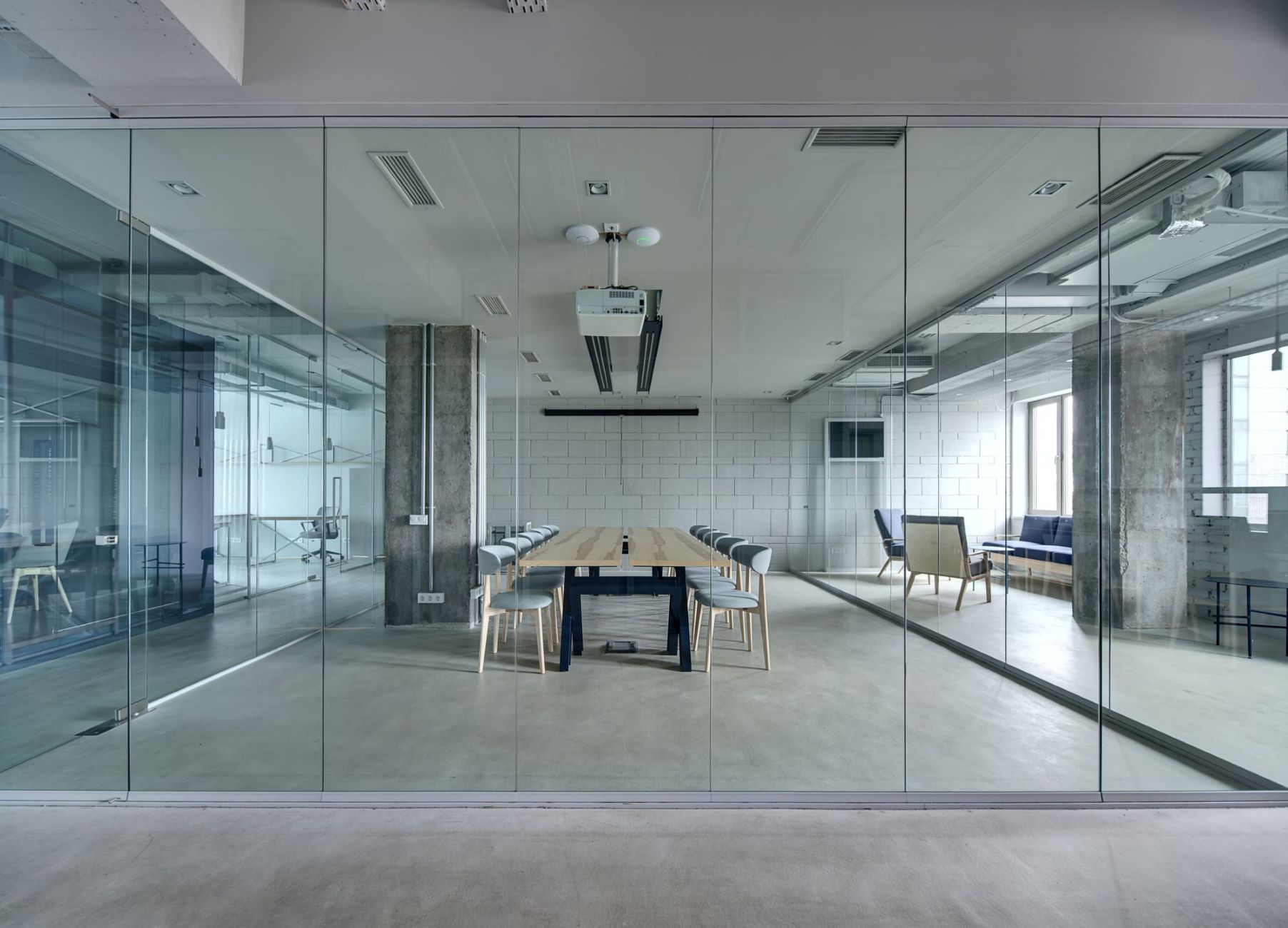

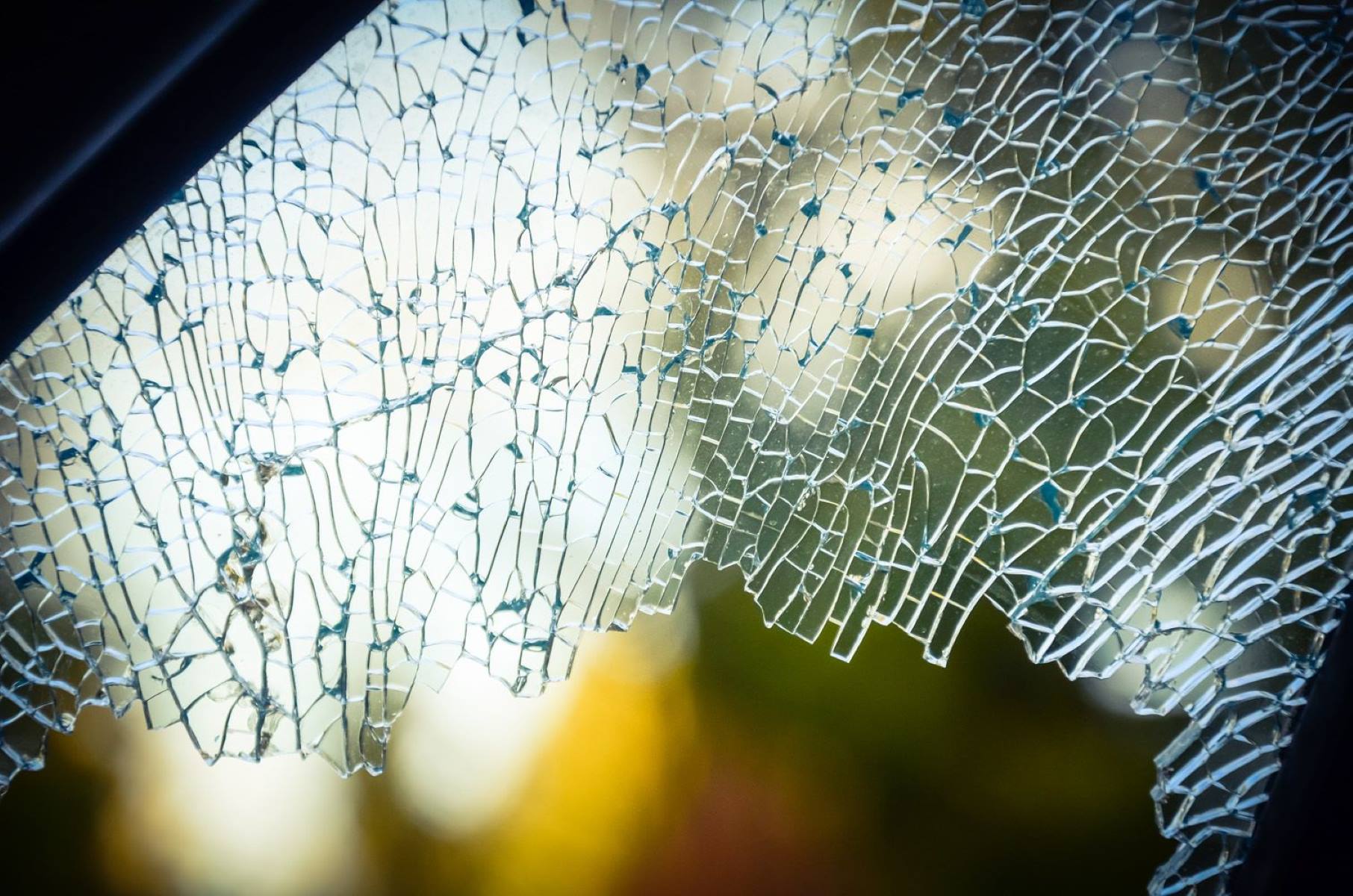
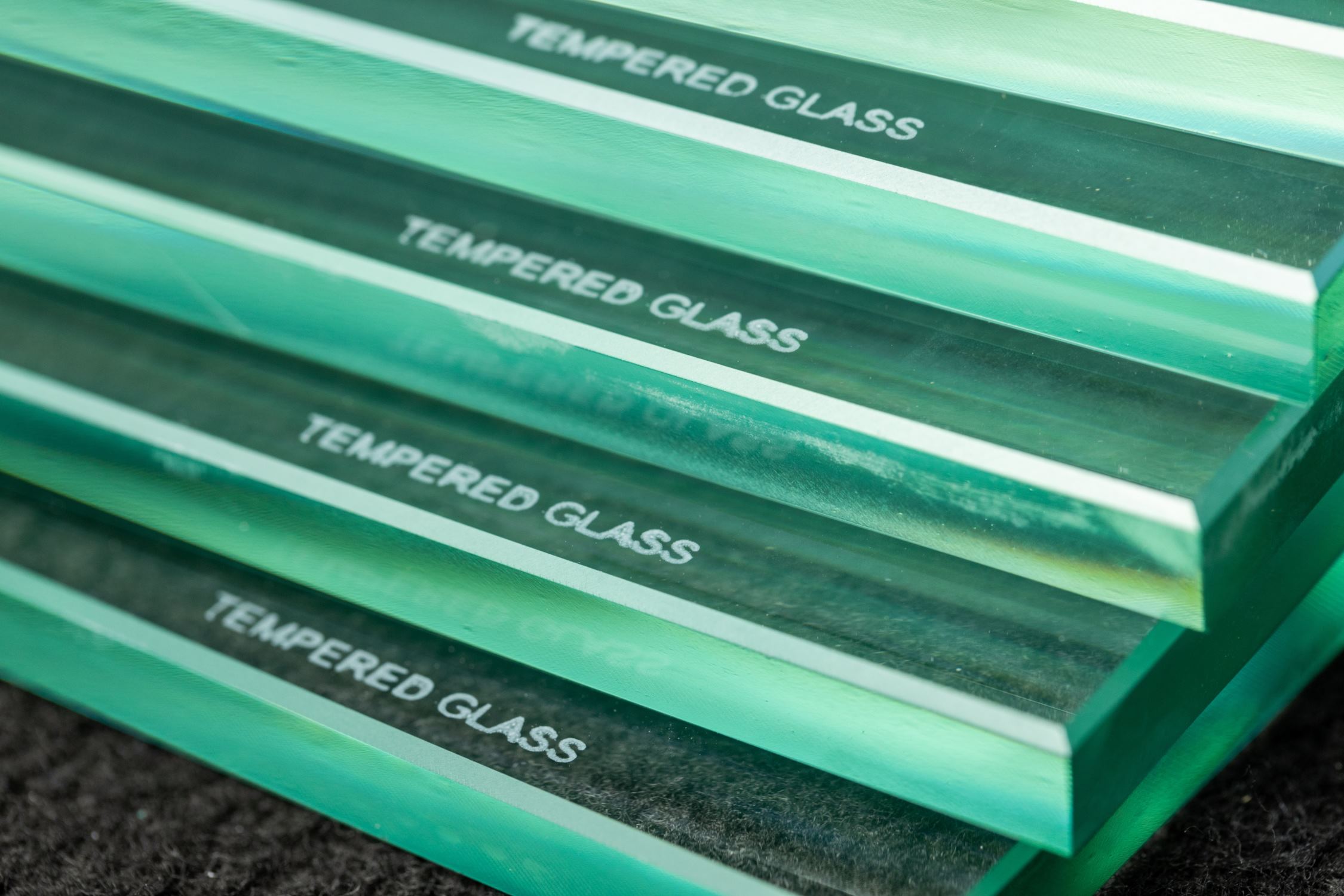
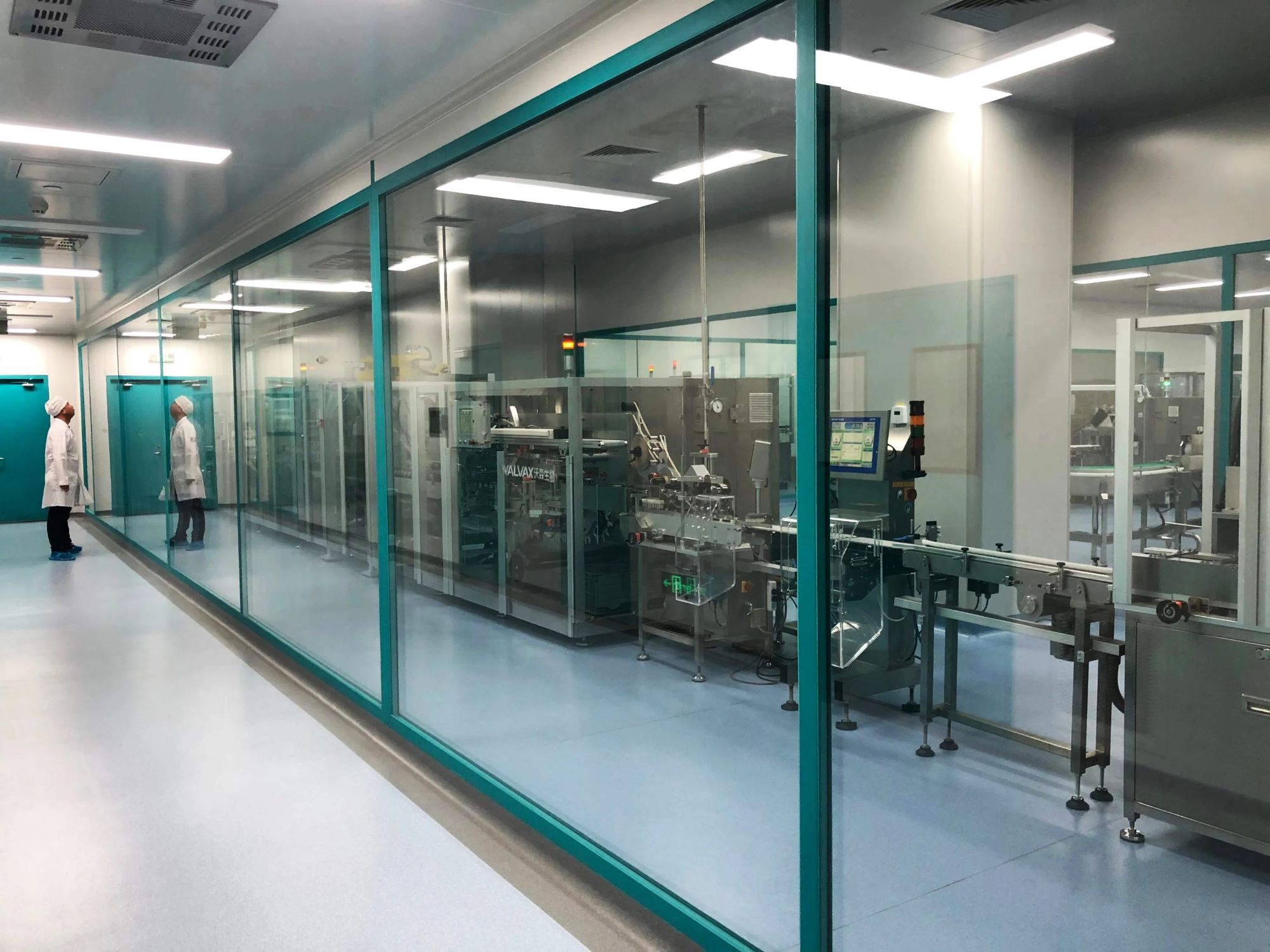
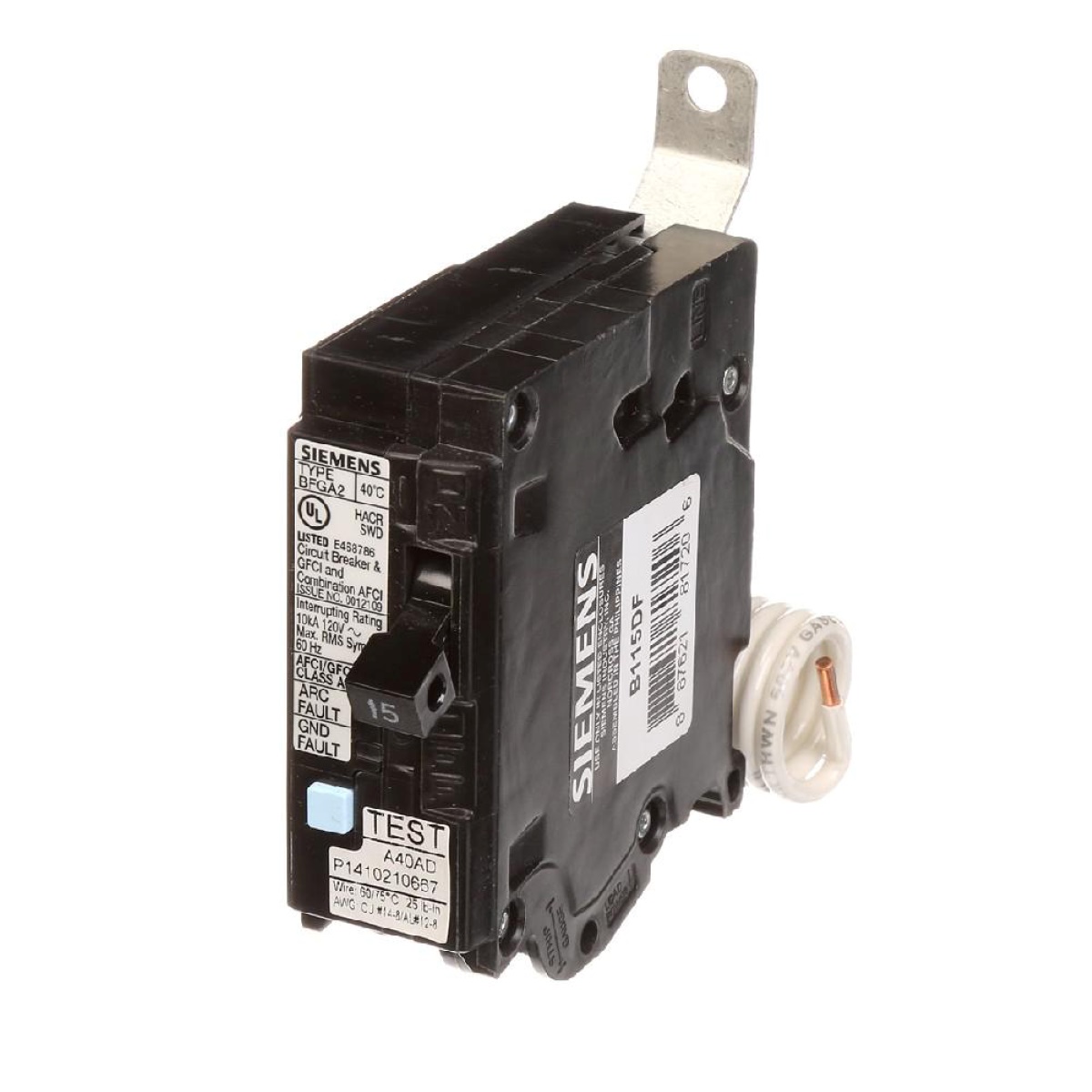
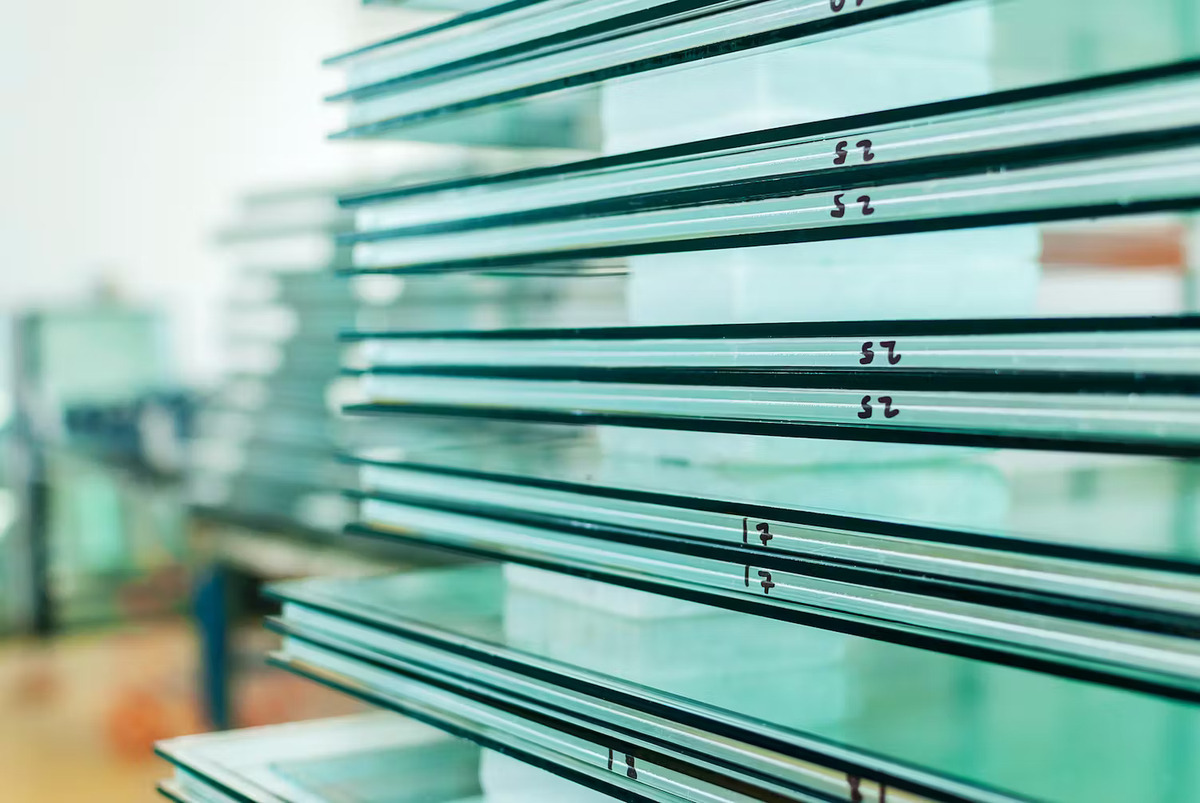
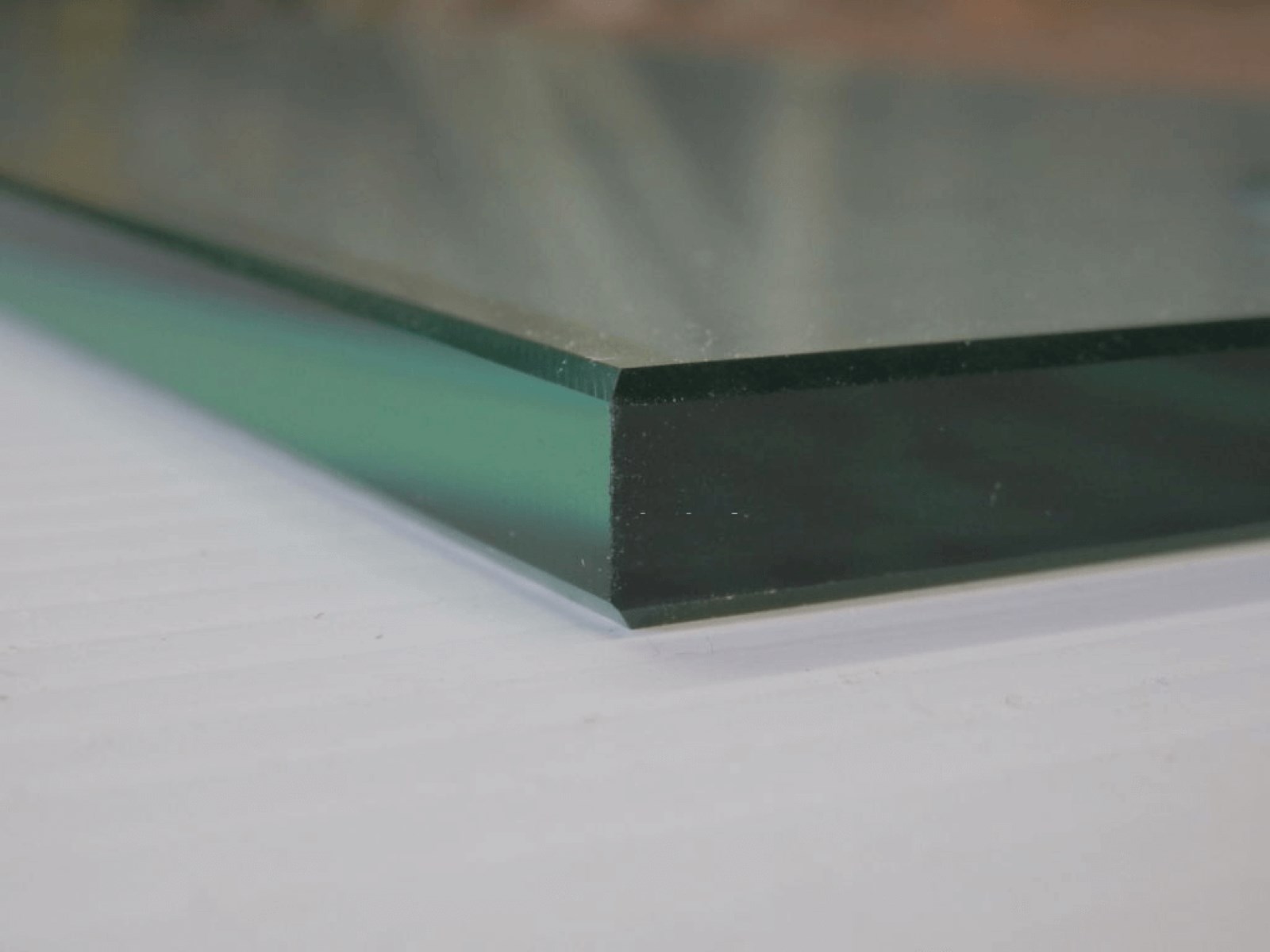


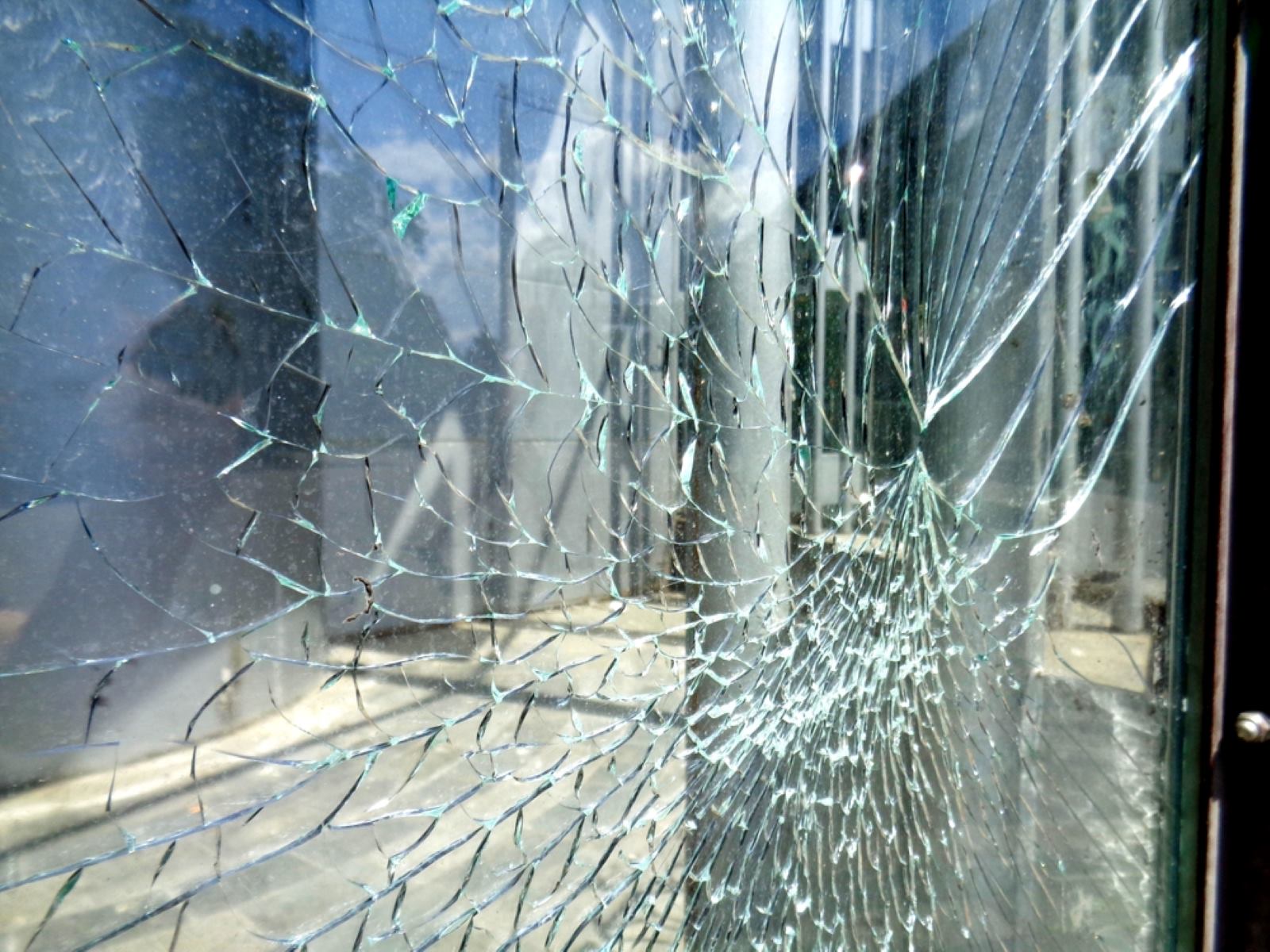
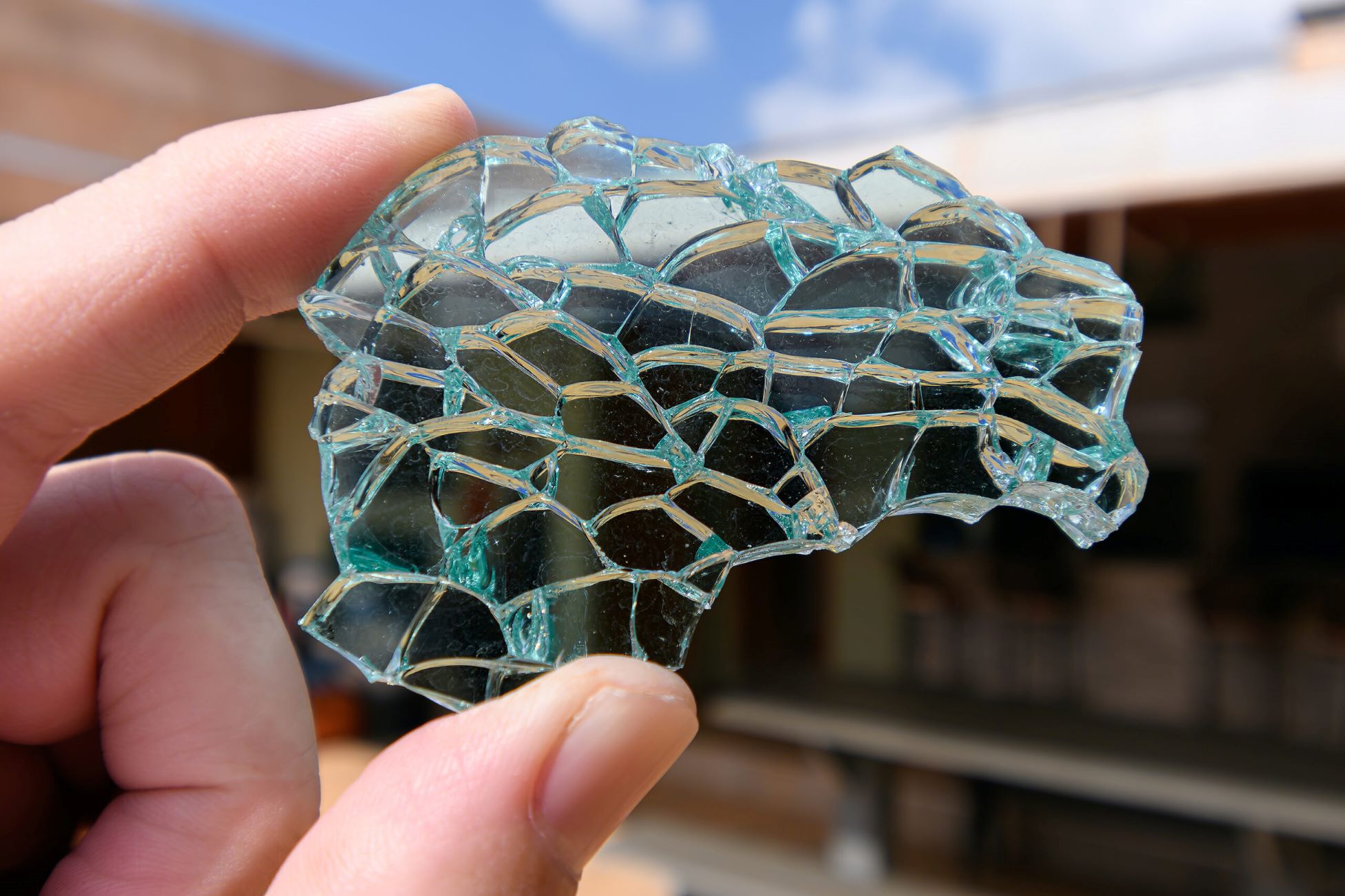


0 thoughts on “Where Is Tempered Glass Required”